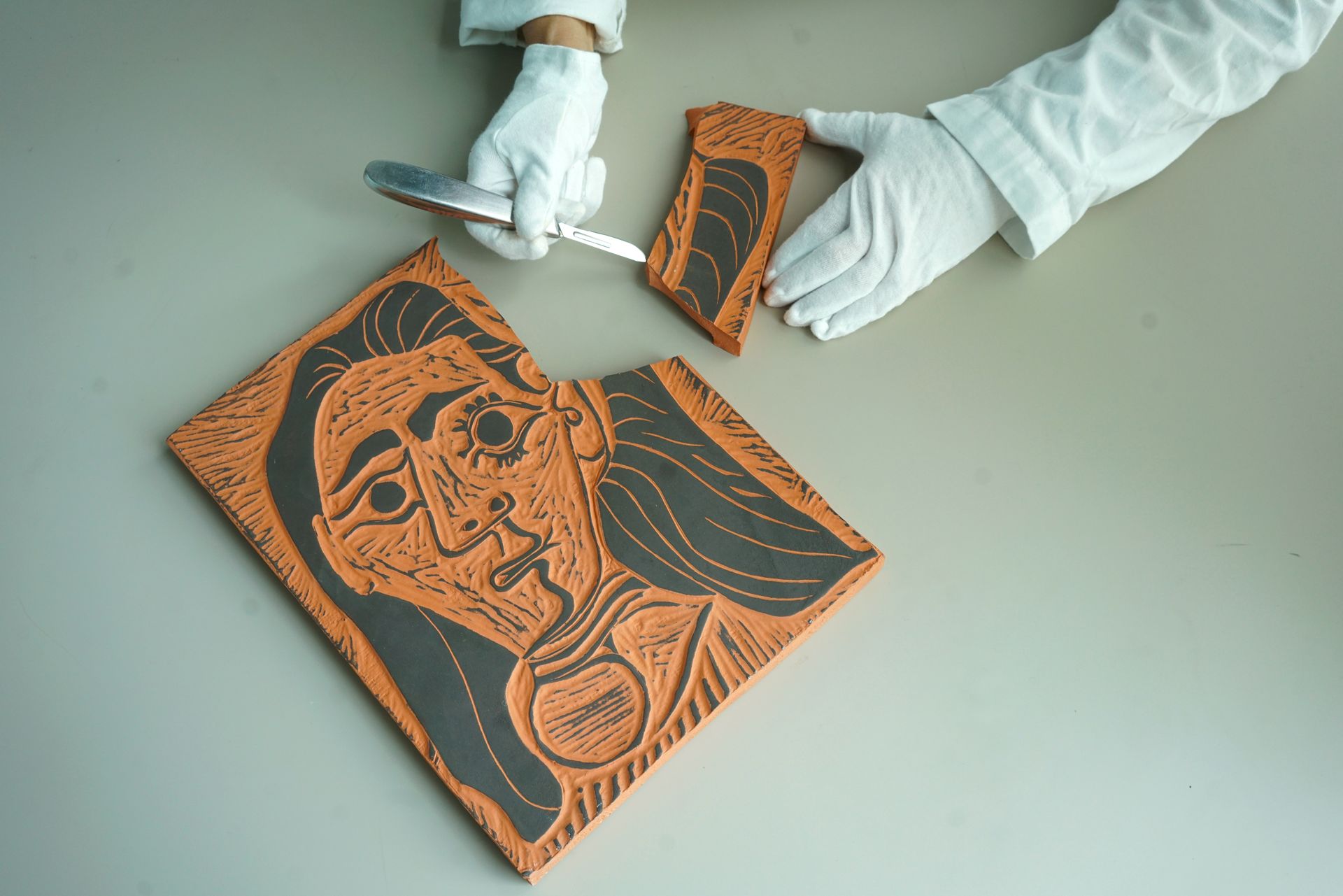Definitions
Conservator-Restorer
The activity of the conservator-restorer (conservation) consists of technical examination, preservation, and conservation-restoration of cultural property: Examination is the preliminary procedure taken to determine the documentary significance of an artefact; original structure and materials; the extent of its deterioration, alteration, and loss; and the documentation of these findings. Preservation is action taken to retard or prevent deterioration of or damage to cultural properties by control of their environment and/or treatment of their structure in order to maintain them as nearly as possible in an unchanging state. Restoration is action taken to make a deteriorated or damaged arterfact understandable, with minimal sacrifice of aesthetic and historic integrity.
Conservator-restorer work in museums, in official heritage protection services, in private conservation enterprises or independently. Their task is to comprehend the material aspect of objects of historic and artistic significance in order to prevent their decay and to enhance our understanding of them so as further the distinction between what is original and what is spurious.

